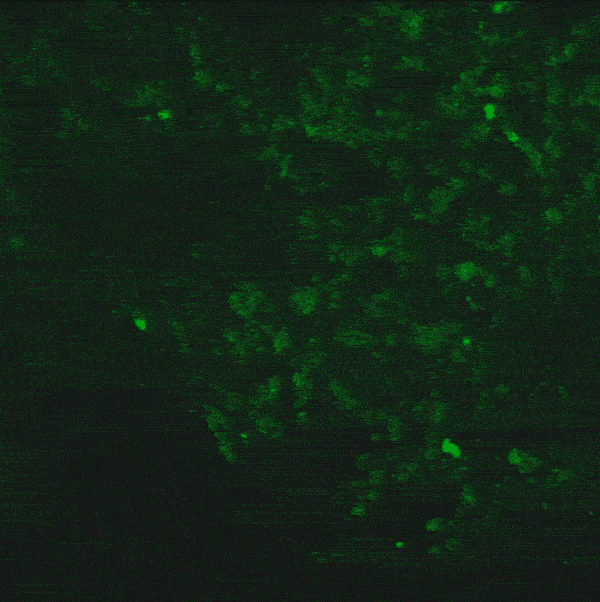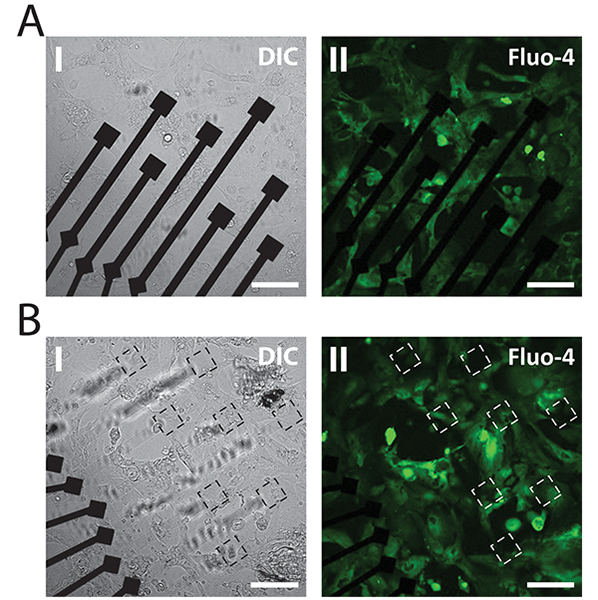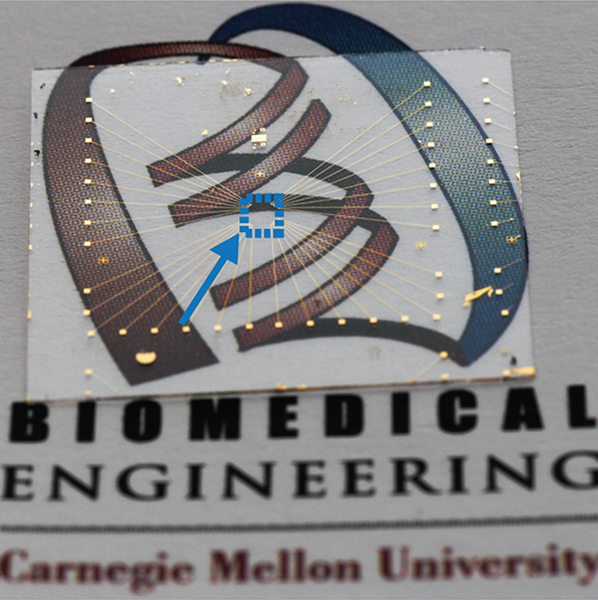Cohen-Karni wins CMBE Young Innovator Award
Tzahi Cohen-Karni has been named a 2018 Young Innovator in Cellular and Molecular Bioengineering. Cohen-Karni is a member of the Bioengineered Organs Initiative.
Tzahi Cohen-Karni, an assistant professor of biomedical engineering (BME) and materials science & engineering (MSE) at Carnegie Mellon University, has been named a 2018 Young Innovator by the Biomedical Engineering Society’s journal Cellular and Molecular Bioengineering. Cohen-Karni is also a member of the Bioengineered Organs Initiative.
As part of the award, Cohen-Karni and his team published a research paper in the Cellular and Molecular Bioengineering journal. Co-authors on the paper include BME/MSE Associate Professor Adam Feinberg, BME Ph.D. students Sahil Kumar Rastogi and Jacqueline Bliley, BME Postdoctoral Research Fellow Daniel Shiwarski, and alum Guruprasad Raghavan. This research was supported by the NSF and the Office of Naval Research Young Investigator Program.
The paper, “Graphene microelectrode arrays for electrical and optical measurements of human stem cell-derived cardiomyocytes,” describes Cohen-Karni’s work creating electrical microelectrode sensors out of graphene. By creating a unique, transparent and biocompatible graphene-based electrical platform, the researchers have shown that they can take both optical and electrical recordings of spontaneously beating cardiomyocytes (or heart cells) the workhorse building blocks of our hearts, with high spatial and temporal resolution.
Essentially, the researchers have developed arrays of tiny, clear graphene electrode sensors so sensitive that they can pick up electrical signals on a cellular level. Not only can the graphene electrodes pick up the electrical signals of these cells, but they are also literally transparent—which means they also allow the researchers to take optical readings through them. Under a microscope, the researchers can not only measure the electrical signals, they can also see the cell’s changing fluorescence as it beats, by viewing the pulsing electrical rhythm of specific chemicals, like calcium, in the heart cells. Each sensor, which is part of an array of several sensors, takes readings from a single cardiomyocyte as the cell beats and its electrical signals change.
Because the graphene platform is transparent, you can see single cells on top of the electrodes. This is a big advantage when we think about fusing electronics with tissue.
Tzahi Cohen-Karni, Assistant Professor, Materials Science and Engineering & Biomedical Engineering, Carnegie Mellon University
“When a cell is cultured on this electrode array, every time the cell beats, it generates an electrical field that is coupled to our sensor, and we measure this potential change,” says Cohen-Karni. “What you can also see is the changes in the calcium flux. Every time the cell beats, you see a change in the intracellular concentration of calcium. And the electrode is there, so this is where the idea is highly powerful—because now I can take the optical signals and plot how the intensity is changing as a function of time, and correlate it to electrical properties. And because the graphene platform is transparent, you can image through the graphene and actually see single cells on top of the electrodes. This is a big advantage when we think about fusing electronics with tissue and using different modes of investigation.”
By enabling the investigation of both intracellular and intercellular communication processes, the researchers’ transparent graphene platform will set the ground for investigating such diseases as Alzheimer’s, Parkinson’s, and heart arrhythmias.
In addition to being available online, the paper will also be published in the October 2018 Young Innovators print issue of Cellular and Molecular Bioengineering. Additionally, the 2018 awardees will present their research in an invited platform session at the Annual Meeting of Biomedical Engineering Society (BMES), to be held in Atlanta, GA, in October 2018.
Each recipient of the Young Innovator Award must hold the rank of Assistant Professor (or equivalent) at the time of nomination in order to be eligible for selection. In 2014 and 2016 respectively, BME/MSE Associate Professor Adam Feinberg and Chemical Engineering Assistant Professor Katie Whitehead were also named Young Innovators in Cellular and Molecular Bioengineering.



